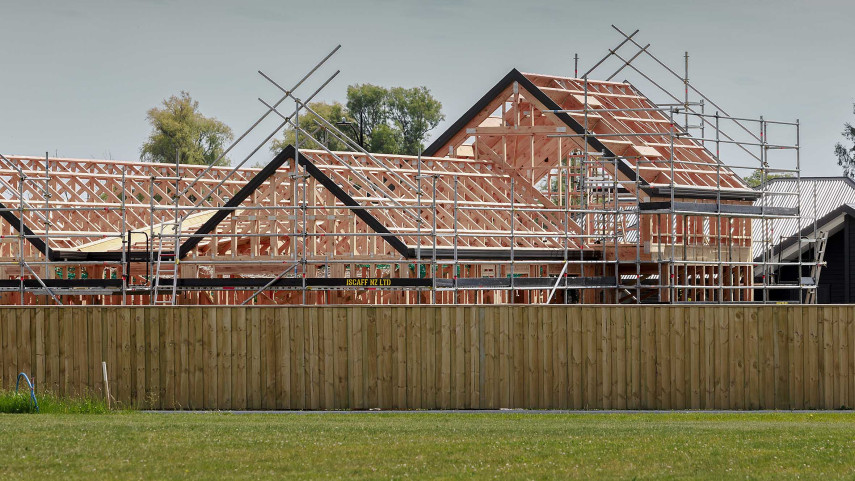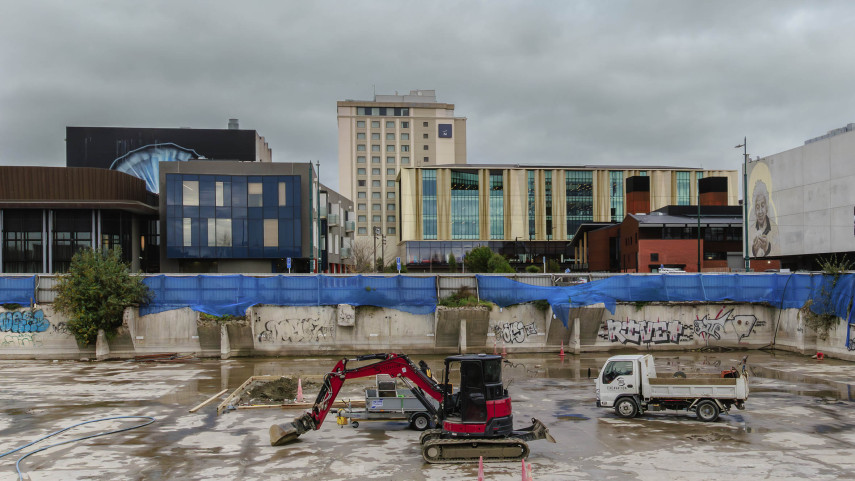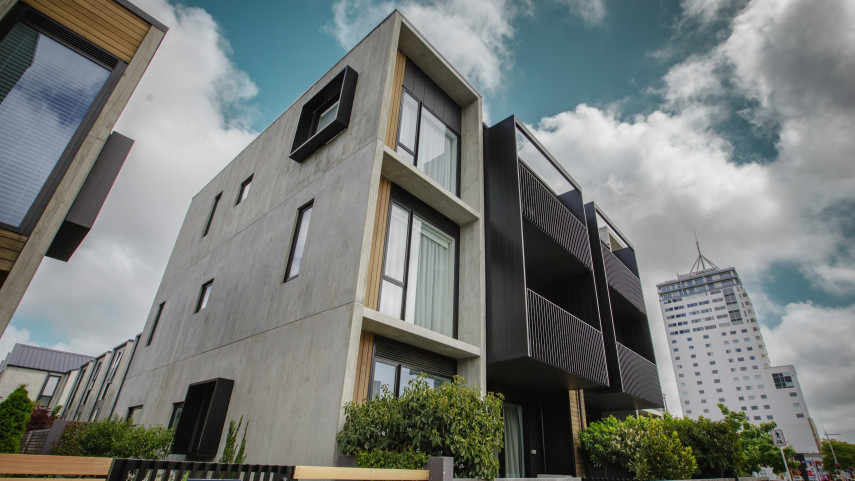If a building owner intends to change the use of a building (or part of a building) they must first give notice in writing to the Council of that intention, and receive confirmation from the Council that the use may be changed.
If you have applied for a building consent for work associated with the change of use, the approval of that change will be part of the building consent approval.
If you do not need to do any consented building work, you will still need written approval before proceeding.
Every building should have a lawfully established use. The intended use of a building sets the building code requirements that ensure it will be safe, healthy and have adequate amenities for that use.
If that use changes, the building may need to be altered to be suitable for the new use.
The regulation divides the uses for all or parts of buildings into four broad activity groups:
- Crowd activities
- Sleeping activities
- Working, business or storage activities
- Intermittent activities
The four broad activity groups each have a number of uses adding up to 15 uses overall. Definitions and examples for each of these uses are also given in Schedule 2 of the regulations.(external link)
A change of use occurs when:
- a building’s (or part of a building’s) use, as defined in the Regulations, changes and
- the new use has more onerous or additional building code requirements than the old use.
A building consent may not be required where written notification has been received and Council is satisfied that the building will comply with section 115 of the Building Act(external link) in its new use, either:
- without the need for any building work; or
- where the required building work is automatically exempt from requiring a building consent under Schedule 1, Building Act 2004 or the Council decides to approve a discretionary exemption and that work has been carried out.
You can download and complete the notification of the proposed change of use form - Form B-005 Word [DOCX, 224 KB] or PDF [PDF, 94 KB].
Once you have submitted an application, you will need to pay a deposit fee as set in our Building Consents Fee Schedule(external link).
An application that contains all the relevant information in a concise and clear format will be faster and less expensive for the Council to process.
The notification must be accompanied by sufficient supporting documents and reports to demonstrate how the building will meet the requirements of Section 115 of the Building Act 2004 which are outlined in more detail below.
Other than new household units, notifications will need to demonstrate how the building in its new use will comply, as nearly as is reasonably practicable, with the building code for:
- Access and facilities for people with disabilities: This includes the provision of accessible toilets, accessible routes and associated signage, among other items. This could be demonstrated by using the Council’s access and facilities for persons with disabilities to and within buildings - applicant information sheet and report template (form B-065) [DOCX, 438 KB]. Also available as a PDF [PDF, 161 KB].
- Means of escape from fire - fire rating performance and protection of other property. A design professional, fire engineer or someone with the relevant knowledge should provide a gap assessment against the relevant acceptable solution to demonstrate whether the building currently complies as nearly as reasonably practicable or some upgrade is required.
- Structural performance of the building: A structural engineer should provide a report to demonstrate whether the building currently complies as nearly as reasonably practicable or some upgrade is required.
- Sanitary facilities: This could be demonstrated by providing a calculation of how many sanitary facilities are required based on the building’s proposed new use and the number of occupants.
Where the change of use incorporates a new household unit there are further requirements to consider. The request for a change of use needs to address how the building complies as nearly as is reasonably practicable to comply with the building code in all respects.
The 'as nearly as is reasonably practicable' is a weighting exercise to consider the sacrifices and benefits of full compliance. The sacrifice of achieving full compliance are balanced against the benefits of upgrading.
For more information on 'as nearly as reasonably practicable', there is guidance on the Ministry of Business, Innovation and Employment's(external link) website.
Email DutyBCO@ccc.govt.nz
Post
Post your application to us at Building Consenting, PO Box 73013, Christchurch 8154.
In-person
Deliver your application to the Council office at 53 Hereford Street, Christchurch.
Your notification of the proposed change of use will be assessed by a building consent officer and specialists as required.
Depending on the complexity of the project this assessment is likely to be processed within 20 working days.
During the assessment, we will:
- Identify and advise customer of any other authorisations that may be required, such as resource and building consent.
- Establish if the proposed use is a change of use under the Building Act.
- Assess if the building complies ‘as nearly as is reasonably practicable’ with the provisions of the building code required by section 115.
- Identify and advise the customer if any building work is required to upgrade the building to comply ‘as nearly as is reasonably practicable’ with the required provisions of the building code.
- Provide the owner with written notice that either;
- the proposed change is not a change of use and does not require notification and written approval, or;
- the Council is satisfied on reasonable grounds that the building in its new use will comply as nearly as reasonably practicable with the relevant provisions of the building code and therefore no upgrade is required, or;
- the Council is not satisfied that the building in its new use will comply as nearly as reasonably practicable with the required provisions of the building code and will not approve the change of use. A notice to fix may be sent to the owner if the building is already being used in its new use.
Once the application has been processed and the Council is ready to accept the change of use, all of the costs associated with the application will be calculated, and if required, a further invoice will need to be paid before the decision is released.
When an owner neglects to notify the Council of a change of use that has already occurred, the consequences can be as follows:
- A maximum fine of $5,000 may be imposed if it is found that the owner has committed an offence by failing to give the Council written notice before changing the use of a building.
- If there has been work carried out that would have required Council approval then:
- An infringement notice might be issued.
- A notice to fix requiring the owner to apply for a certificate of acceptance might also apply as the Council still needs to be satisfied that the building in its new use will meet the requirements under section 115 of the Building Act.
You may benefit from a pre-application meeting to discuss your project with Council officers.
Further information on Change of use, alterations and extension of life on the MBIE website(external link)
Email the Duty BCO at dutybco@ccc.govt.nz with any queries.
Related news

New Council initiative to raise profile of eco buildings
Owners of energy-efficient buildings in Christchurch can now have that noted as a badge of honour on their property files.
27 Jun 2025
Proposed new rebates to encourage central city development
Consultation is open on two proposed new rebate schemes aimed at supporting development in the central city.
23 Jun 2025
Minister has final say on housing density rules for Christchurch
The Government has issued its final decisions on a number of matters referred to it as part of the planning process for greater housing density in Christchurch.
6 Jun 2025